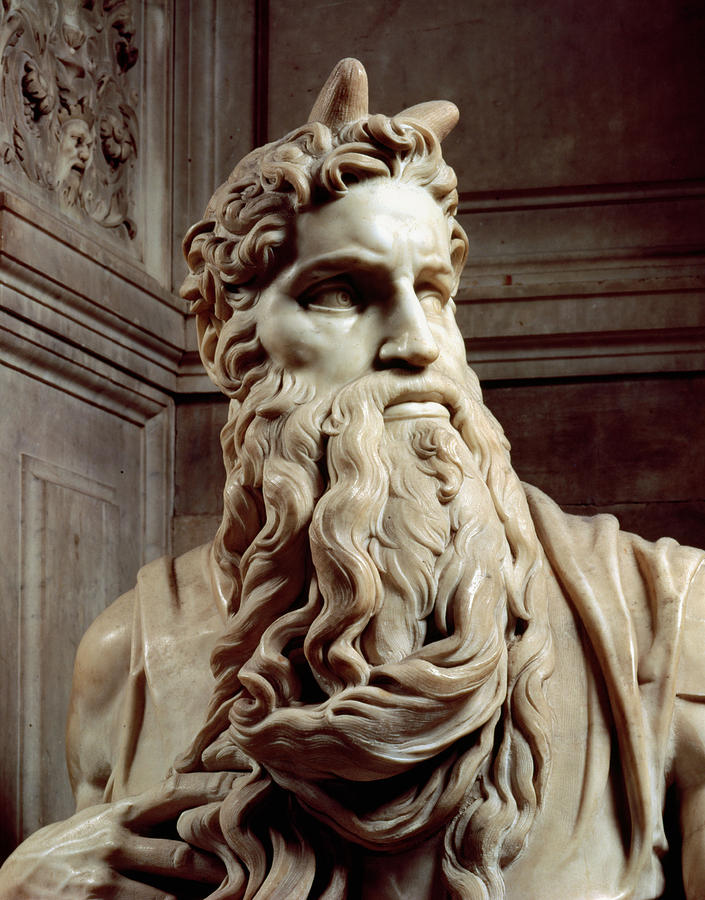

For the Pope, it stemmed from his admiration for the incomparable genius of the Florentine master. In the end, however, the two men found common ground in the basic respect each had for the other: For Michelangelo, the respect was founded on his deeply held religious beliefs and his reverence for the will of the church. The explosive and unyielding artist was ferocious in his dealings with his patrons, both papal and secular, and he regarded them with neither fear nor favor. Though Julius II was one of Michelangelo's most important patrons, the relationship between the two men was difficult. But he never forgot the dismissive and discourteous manner in which he had been treated by Julius II. In a rage, Michelangelo retreated to Florence, where he resumed work on other commissions. This might have been due to a shortage of funds, though no proof of that exists today. The artist endured a draining year finding and moving marble from Carrara, but the Pope stopped work on the tomb. The final version had a structure three stories high and included forty sculptures. Commissioned by Julius II to create a tomb for him of unparalleled power and grandeur, Michelangelo could not have foreseen that the tomb would become a forty-year nightmare.Ībandoning all other projects, Michelangelo created several drawings for the structure. In this dynamic atmosphere, Michelangelo entered into the service of his first papal patron. It was due in part to the relentless drive of this outrageous pontiff that the High Renaissance progressed in Rome with more urgency and grandeur than it did in Florence. Throughout his spectacular ten-year reign, he devoted himself to expelling foreigners, redefining borders, unifying the papal states, and creating a new Rome in accordance with his conception of High Renaissance splendor. The Warrior Pope had been elected to the papal seat in 1503. In 1505, shortly after the David was placed at the main entrance to the Palazzo Vecchio, Michelangelo was called to Rome by Pope Julius II. The Creation of Man is one of the most overwhelming visions in the history of art. Pope Julius II commissioned the frescoes for the Sistine Chapel. The Creation of Man detail, Sistine ceiling (1508 - 1512).


 0 kommentar(er)
0 kommentar(er)
